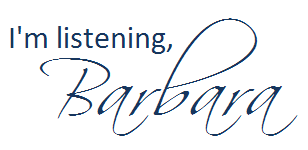A textbook is not a mystery novel. It’s perfectly okay — and even ENCOURAGED — to skip to the end of the chapter/book to see how things turn out.
Here are eight tips for how to read a college textbook:
- After reading the title of the chapter, read the chapter preview. In here, you’ll typically find a list of objectives for the chapter, which will let you know what to focus on as you proceed.
- Flip through the entire chapter, reading the headings and subheadings only.
- Read the chapter summary at the end of the chapter.
- Take a look at any discussion questions provided by the author.
- THEN, and only then, go back and read through the entire chapter once. Read it beginning to end, without taking notes. Yes, I said to NOT take notes the first time through. Your goal here is to get a complete view of the chapter’s information.
- After your complete read through, then go back to the beginning of the chapter, taking notes on the important parts. How do you know what’s important? You will know this by what you have seen in the summary, headings/subheadings, summary and discussion questions.
- Finally, even if it’s not required by your professor, create learning journal entries for the chapter by answering the discussion questions. (Definitely use the textbook to help you answer these questions; this is not a test.)
And my eighth and last tip is that if you have an enhanced e-book (rather than hard copy), the publisher often provides practice quizzes and additional resources. Take advantage of them — you’ve already paid for them!
What other advice would you offer to a college student who is reading a textbook?


